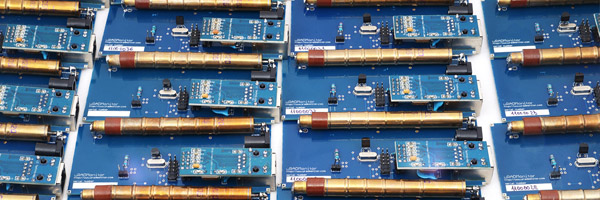In an effort of expanding the network even further, several new units have been prepared and are ready to ship. But, creating a device that will function perfectly in a distributed environment is not an easy task. Yet, from its relatively early start, uRADMonitor has already spread to all major continents and continues to grow. […]

Brisbane, Australia joining the network
Unit 12000011 just joined the network from Brisbane, Australia, as the third unit on this continent. The measurements show relatively low radiation levels: And here is a comparison to initial tests done in Timisoara: If you haven’t already, you can vote for this project’s entry in the HackADay Prize competition by giving it a Skull […]
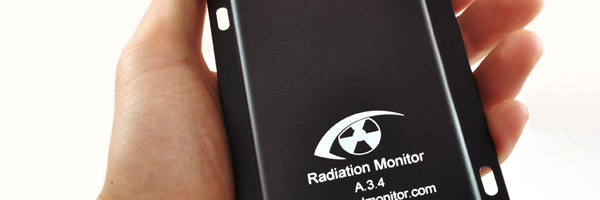
uRADMonitor Model A Video
With the approaching HackADay prize stage 3 competition, a new uRADMonitor Video has been added according to the competition’s rules. The uRADMonitor is a digital radiation dosimeter, enclosed in a rugged aluminium case. Designed to function as nodes, in a distributed network of radiation monitors,the uRADMonitor units are working together to achieve environmental radiation surveillance […]

Featured on HackAday as Semifinalist
uRADMonitor has been featured on Hackaday in a new article. As one of the Hackaday Prize semifinalists, the uRADMonitor project sits in the spotlight, waiting for the next stage of the competition. We promise to press on toward the goal of winning the prize.
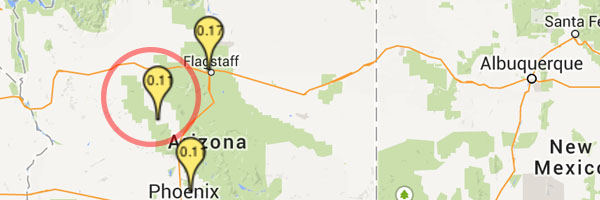
New unit in Arizona
The 10th unit in the US is now online from Prescott, Arizona. The average measured radiation level is currently at 0.11uSv/h: Very similar to initial measurements in Timisoara:
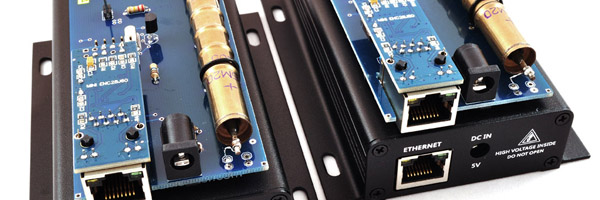
Model A – Production Ready!
The uRADMonitor Project is a network of radiation detectors covering locations all over the Globe. The Model A is the first designed, it is an automated GM detector in a rugged aluminium housing which responds predominantly although not exclusively to gamma radiation. Count rate data is recorded and transmitted continuously via built in Ethernet adapter […]
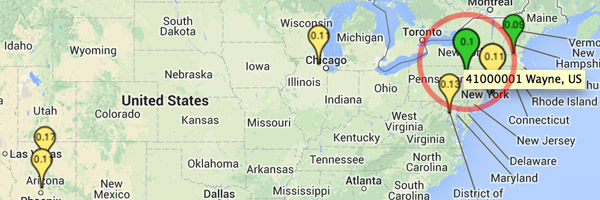
A new uRADMonitor unit in the USA
This new unit is the second in the New York area or the 9th in the entire US. The 41000001 is one of the newer A2 Models with barometric pressure sensor. Taking advantage of the recent server side changes, all the unit’s measurements are available in the new compact web interface. The unit currently shows […]
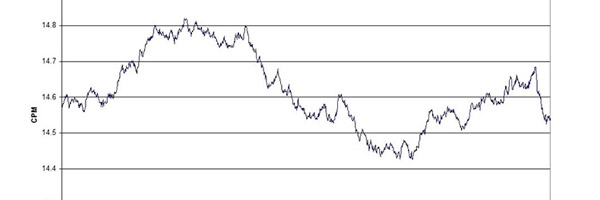
Observations on diurnal indoor variations in gamma ray count rates
Richard Prettyman, August 2014 Background A close correlation between gamma count rate at ground level, and soil derived Rn-222 flux has been demonstrated in work which has also studied the effects of meteorological and diurnal factors on Rn out-gassing and hence gamma count rate (Szegvary et al, 2007). Under conditions of settled weather with no […]
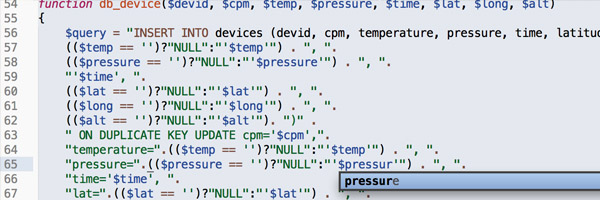
Server software improvements
The uRADMonitor project has a complex architecture, involving both hardware and software. The software level also has two separate components, one is the client firmware – the software running on the dosimeter’s microcontroller, and the other is the software running on the server. The last posts have shown a lot of progress on the hardware […]

The second unit in Florida, USA
Just a day or two after announcing the first uRADMonitor unit in Orlando, Florida, a new unit went online, 1200000E, not far from the first. The way the unit was mounted looks highly professional, and it gets the best score so far for correctly following the installation instructions. The first measurements indicate very low radiation […]
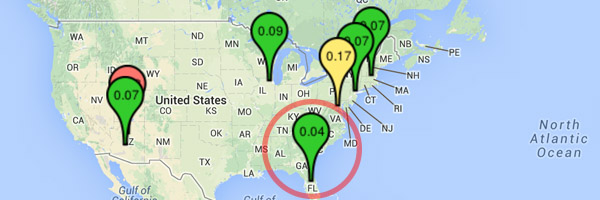
uRADMonitor in Florida, USA
The 7th uRADMonitor detector in the US went online recently and is transmitting from Orlando, Florida. This is one of the newer A2 revision units, that were available in limited quantity a few weeks ago. Besides radiation and temperature, this unit also monitors the barometric pressure, helping to our understanding on weather impact on background […]
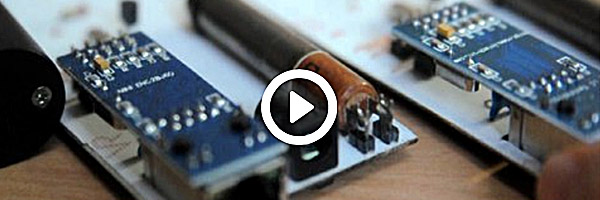
Hackaday Prize 2014 Model A Video Presentation
To comply with the requirements of the HackAday.io “send me to space” Hackaday Prize 2014 competition, we’ve made a short video as an introduction to the uRADMonitor project. The video presents only a few succinct details, but for more information you can read the additional articles on the uRADMonitor blog. And don’t forget to vote […]
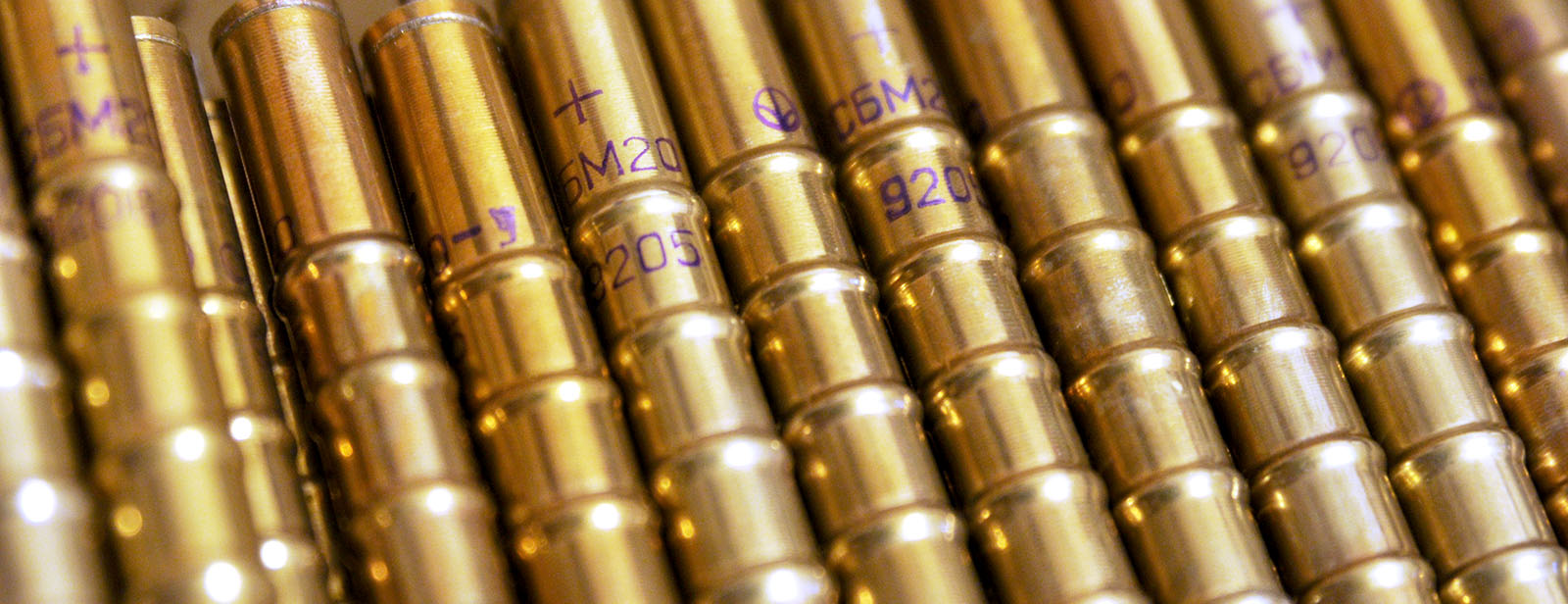
The Geiger Tubes
The Geiger tube is a gaseous ionization detector that uses the Townsend avalanche phenomenon to produce an easily detectable electronic pulse from as little as a single ionising event due to a radiation particle. It is used for the detection of gamma radiation, X-Rays, and alpha and beta particles. It can also be adapted to […]
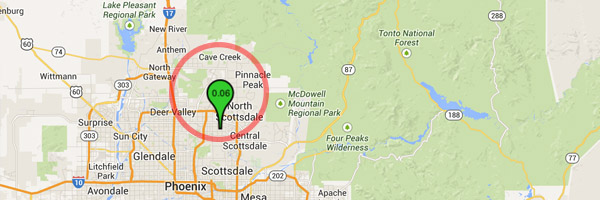
New unit in Phoenix, Arizona
The second uRADMonitor unit in Arizona just went online. Unlike the other unit to the North – that is run at higher altitude and shows increased readings, the new unit measures an average of 11.3CPM (on a SI29BG tube), approximated for the background radiation to a dose of 0.11uSv/h, not unlike what it has seen […]
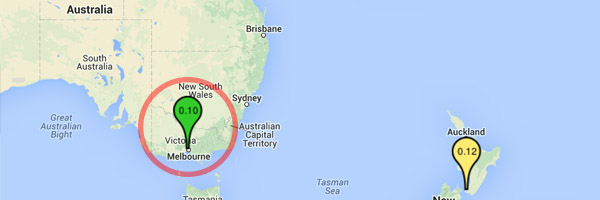
Unit in Australia up and running
The first uRADMonitor unit on the Australian continent went online the last few days. Located in close vicinity to Melbourne, the uRADMonitor unit #12000003 offers continuous background radiation surveillance. The unit’s current measurements show an average of 10CPM (approximated to 0.10uSv/h):
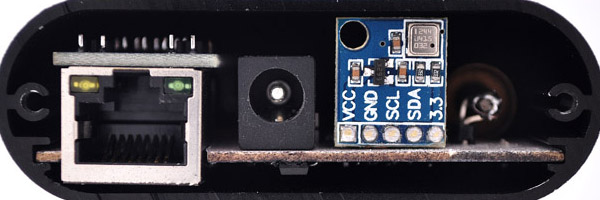
uRADMonitor model A2 with Barometric pressure sensor
Here is a revision of the current Model A uRADMonitor detector. Codenamed the model A2, it replaces the internal DS18B20 temperature sensor with the more versatile BMP180. The BMP180 is a low power, high resolution temperature and barometric pressure sensor, manufactured by Bosch. It comes with pre-calibration parameters that are used for accurate measurements. The […]
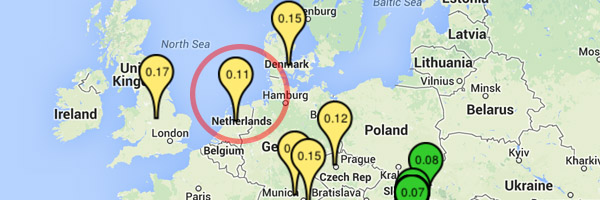
Unit in Netherlands up and running
A new unit went online, in a location close to Amsterdam. The new detector is the first in Netherlands, covering more ground as the network expands. The current measurements show a low background radiation level, only 0.09uSv/h. Here are the initial measurements, performed in Timisoara, Romania, before sending the unit: And here is the same […]
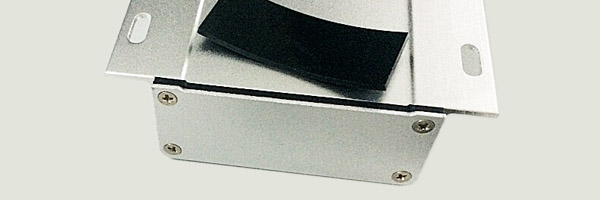
Producing the uRADMonitor – the rubber gaskets
As the uRADMonitor Model A is intended as a environmental radiation surveillance tool, that should be run outdoors, we’ve designed a rubber gasket for the aluminium enclosures, to make sure rain will not get in to damage the components. Now finally we saw the first components getting out of their factories and wanted to share […]
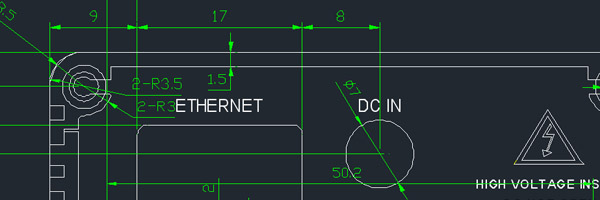
Producing the uRADMonitor – the aluminium enclosure
Moving from manually built prototypes to an industrial production line, is a huge step especially for a project in an incipient phase, like uRADMonitor. Yet, with strong determination, obstacles melt away, opening the path for the first civilian environmental surveillance network, available to everyone, at anytime, to offer real time data on radiation level trends […]
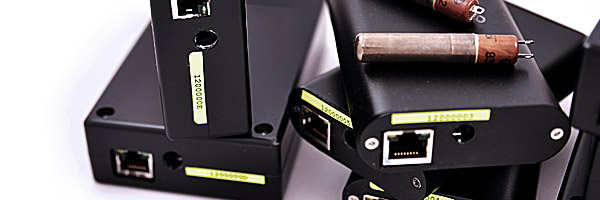
Rainproof plastic enclosure
uRADMonitor (Model A) is an environmental radiation surveillance device, designed to be mounted outdoors in close proximity to ground level (1 meter above ground). More detailed installation instructions can be found here: Tips for installing the uRADMonitor unit. As the monitors are running continuously, in case of nuclear contamination, the internal sensitive Geiger tube registers […]
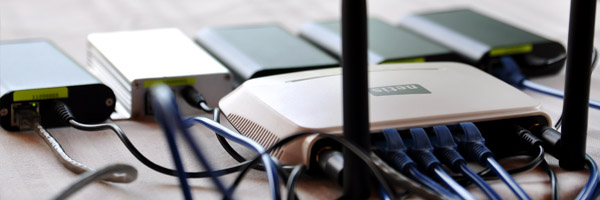
Wireless / WiFi Connectivity Guide
Due to popular demand, but also because wireless is better than installing wires, especially for some remote locations (and that’s where we usually need uRADMonitor installed), here’s a quick guide on connecting the uRADMonitor model A to the wireless network. Yes, uRADMonitor can be connected wirelessly to your home WLAN with the method presented in […]
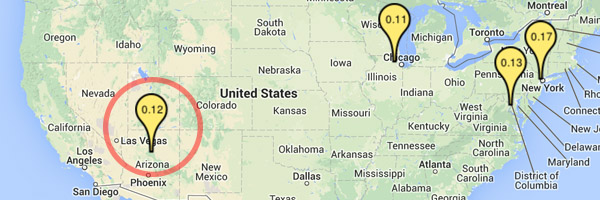
First unit in Arizona, USA
It’s time for the West side of the US to be featured here with the first uRADMonitor unit joining in from Arizona. Live data can be seen here. Here is a quick comparison on its current measurements, and the initial ones before sending the unit: At its new location in Arizona, the unit shows a […]
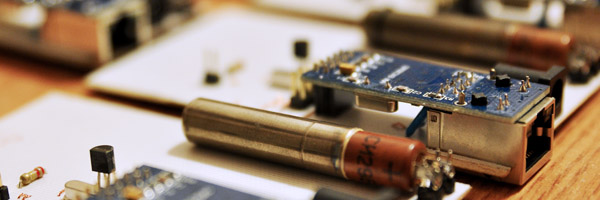
Building the uRADMonitor
It’s been a long road getting here, a road paved with constant innovation. And it’s a longer road ahead. The first uRADMonitor was a crude prototype, with jumping wires on a test board, it got its own PCB soon. The following models were a new design, more compact using the smaller SBM-20 and SI-29BG tubes, […]
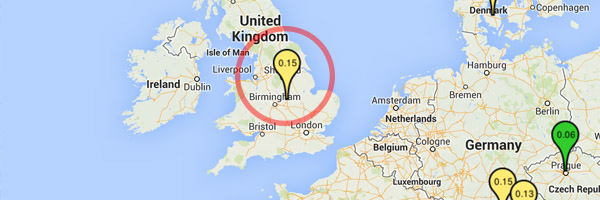
The first unit in the United Kingdom
It’s a series of new units joining the network lately! And there are more to come. A new uRADMonitor went online today in the UK, close to Birmingham. As per the previous posts, here are two images showing the readings, the first is a snapshot of the measurements made at the current location in UK, […]
uRadMonitor Featured on HackADay
uRADMonitor got on the HackADay’s front page, with an interview for the Hackaday.io prize event. Read the full text here. Don’t forget to support the project by voting on the HackADay project page (the skull button)!
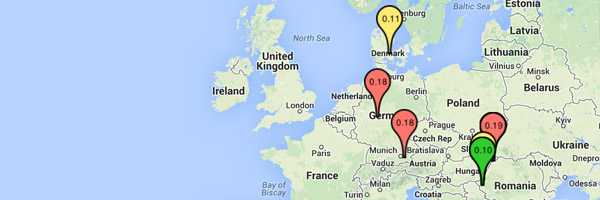
Map updated with coloured pinpoints
One of uRADMonitor’s major components – the server side – is responsible for receiving data from the distributed hardware units and pack it in its databases. We are talking about large volumes of data, that are scaled up with each new device entering the network. The server is also handling the web portal, where we […]
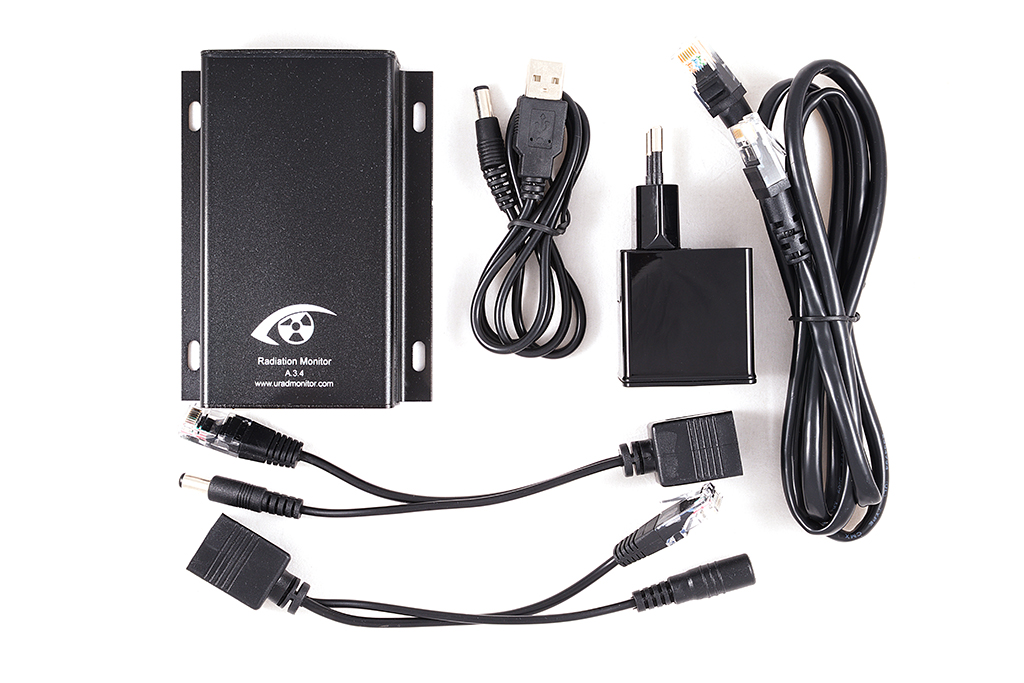
Tips for installing the uRADMonitor unit
The Power supply Each unit comes with Power supply (input 220V/110V EU/US for socket, output 5V and at least 0.5A), power cable (black) and Ethernet cable (1m long). The uRADMonitor device must be powered with a low power 5V supply. An adapter is provided with each uRadMonitor unit. If a longer cable is required, you […]

Five more units to join the network
In an effort of expanding the network, five more units are set to join the network in the following few days. They will get online in various locations all around the globe, to offer increased coverage and a better understanding of the background radiation variations. The units have been tested to assure they are properly […]

Hackaday.io prize competition
uRADMonitor has now officially joined the competition for the Hackaday.io prize! Support it by voting, here !
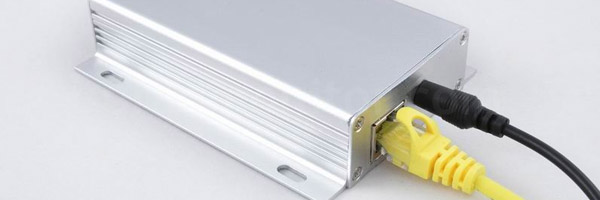
Quick details on uRADMonitor
There were lots of questions by email, on groups or on different channels regarding uRADMonitor. Many people are familiar with Geiger Counters, radiation and the basics on nuclear physics, but for some, the uRADMonitor remains a tiny black box – intriguing, but totally unknown. To answer some of these questions, here are a few more […]
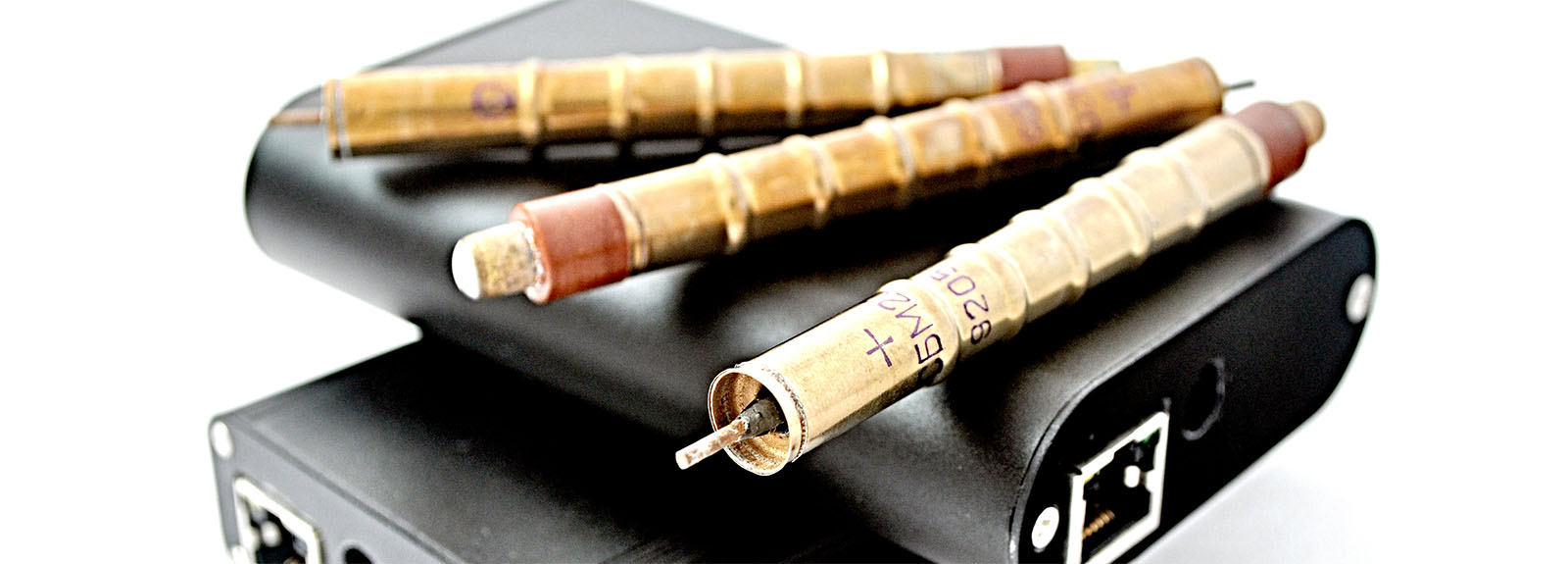
A long story short
In the beginning there was the passion for technology. I decided to start a blog and write about the things I’ve built. I was more into high voltage, physics and various experiments, cool, but with little or zero use to those around me. Then I decided it was time to build something useful, to put […]
